Master data and practical work with them
17.11.2019
The usability of the solution is key in a successful implementation of Master Data Management system in any company. You can experience also with systems for master data management that a renowned company will sell you something that will be difficult to live with as a daily bread. How to avoid this? Here is couple of tips for what to be careful about and what to ask the vendors.
1. New master data entity/table – Configuration or development?
If you are considering implementation of a Master Data Management system, for sure you will want to see it first. In essence, it is a corner stone of your information system. You are not going to implement it for a transition period, on the contrary, you will be integrating it with many other systems, which will benefit from it.
Even if you may not see it at the beginning, you will find out that you want to solve tens and hundreds of various master data entities in your company.
Let the vendor explain in detail, how a new master data table is created. If you feel that it is not just configuration (clicking properties) but rather a coding development (programming by vendor), watch out. For sure you do not want to turn to the vendor any time, when a new master data table is created.
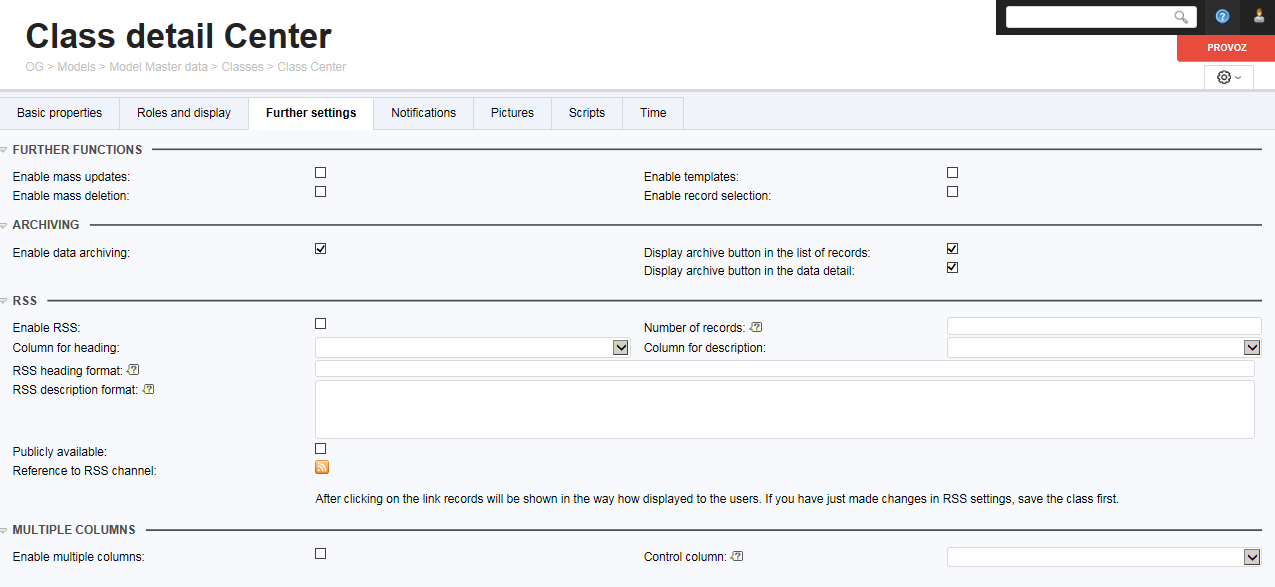
2. Validity From - To – Rules
Most (if not any) master data should work with validity in time From - To.

There are some rules for these values. An elementary rule that a system should support is that From is always lesser than To. However, there are more rules.
3. Validity From - To – Interval overlap
Imagine that you want to record assignment of sales representatives to your customers. The representatives can change during the year and assignment can be crucial for a bonus calculation.
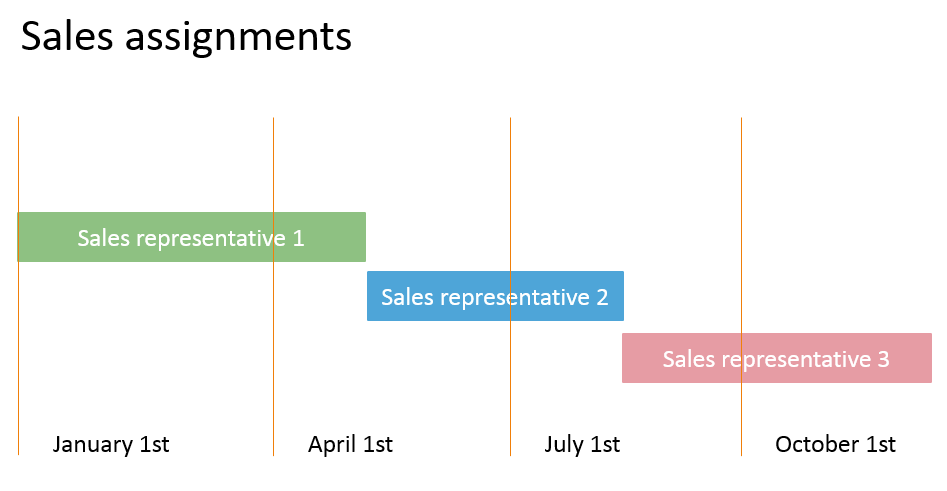
The system should ensure that there will be only one sales representative assigned to one client at a certain point of time. It sounds completely trivial, however, this is not a behaviour that you should take for granted from all the systems that claim to solve Master Data Managament. If the vendor says that this is something that users have to take care of, keep on looking for another system. Do not get convinced that you should export data e.g. to Excel, check everything there and then to load again back to Master Data system.
Take care of one more thing. If you have a long interval assigned to one Sales representative and you want to insert a new record into this interval, because e.g. somebody else will be responsible for the customer, what the system will do?
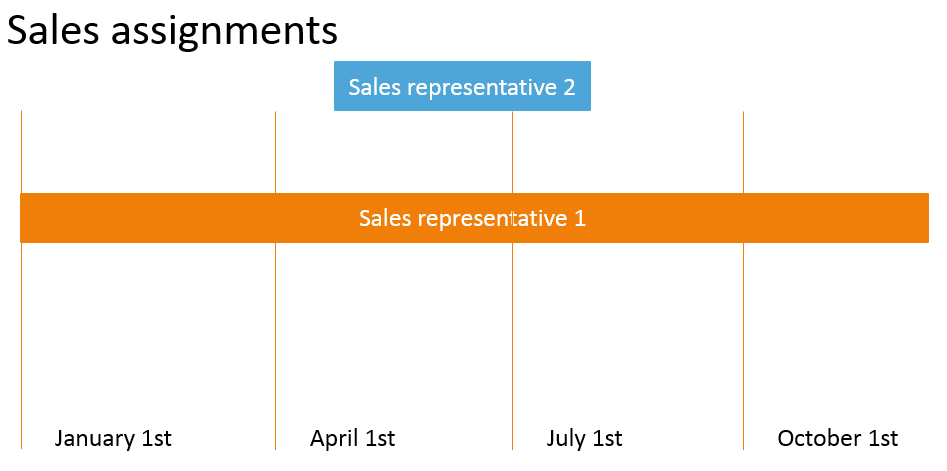
If the vendor says that you have to change the end date for the original record, then insert a new record for the four months and then to create another record after these four months, send the vendor home. This is a stupid solution, due to which your users will get mad at the time, when they will be managing many master data tables and many records.
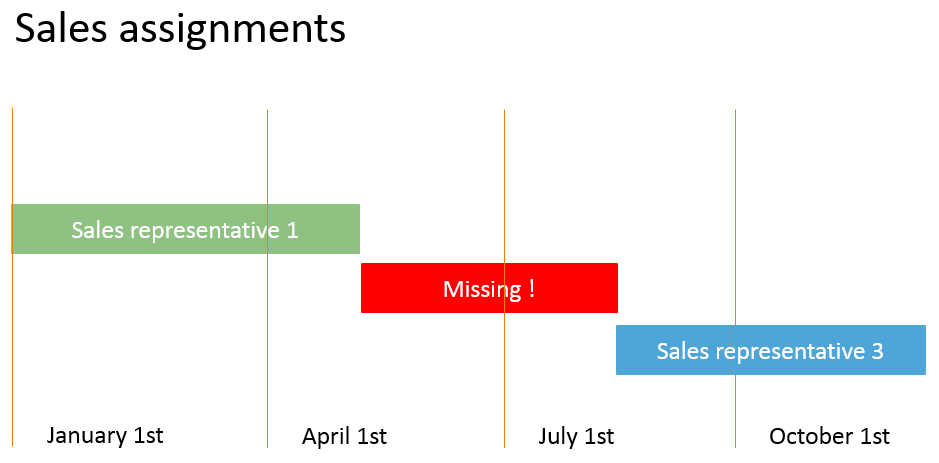
Proper solution is to simply create a new record with a new sales representative for the given four months and the system will know that the original record has to be split to the two new ones in order there is no overlap.
4. Validity From - To – Missing intervals
Missing intervals relate to values From To. Is it an issue for you that there is no sales representative assigned to a customer for a certain period of time? Most probably yes. It is most probably an omission about which you should be alerted. Does this support system that you are considering? If not your vendor is trying to sell you something that is not well thougt for a daily life.
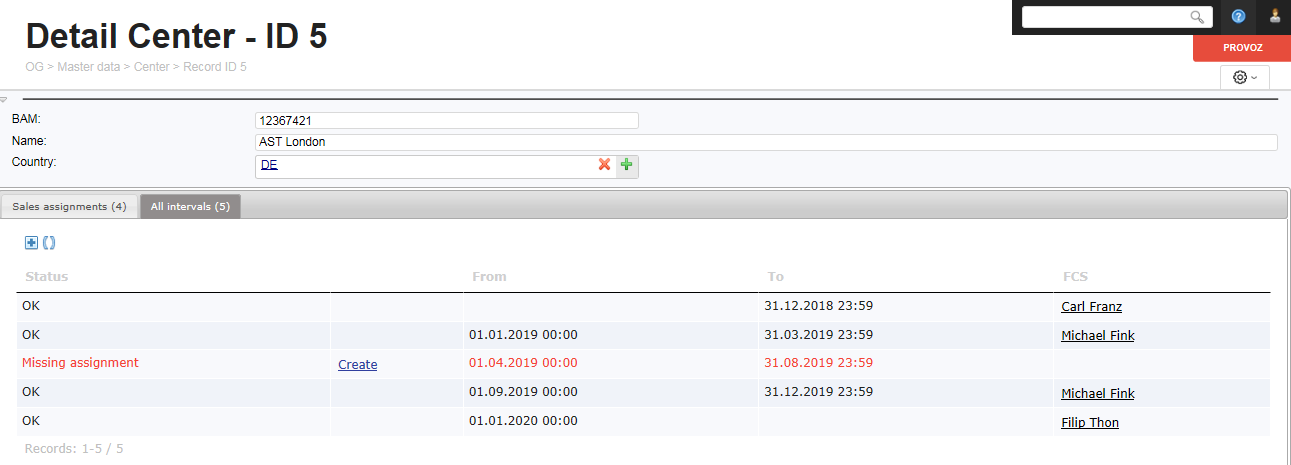
Missing intervals should be highlighted and you should be able to create in a single click the necessary record with prefilling the necessary interval.
5. Mass changes
You will not be updating just single records in your daily bread. You will need to adjust all the records in a single country or region, all the records of a certain person etc. If the system makes you to update the record one after another, again there is something wrong.
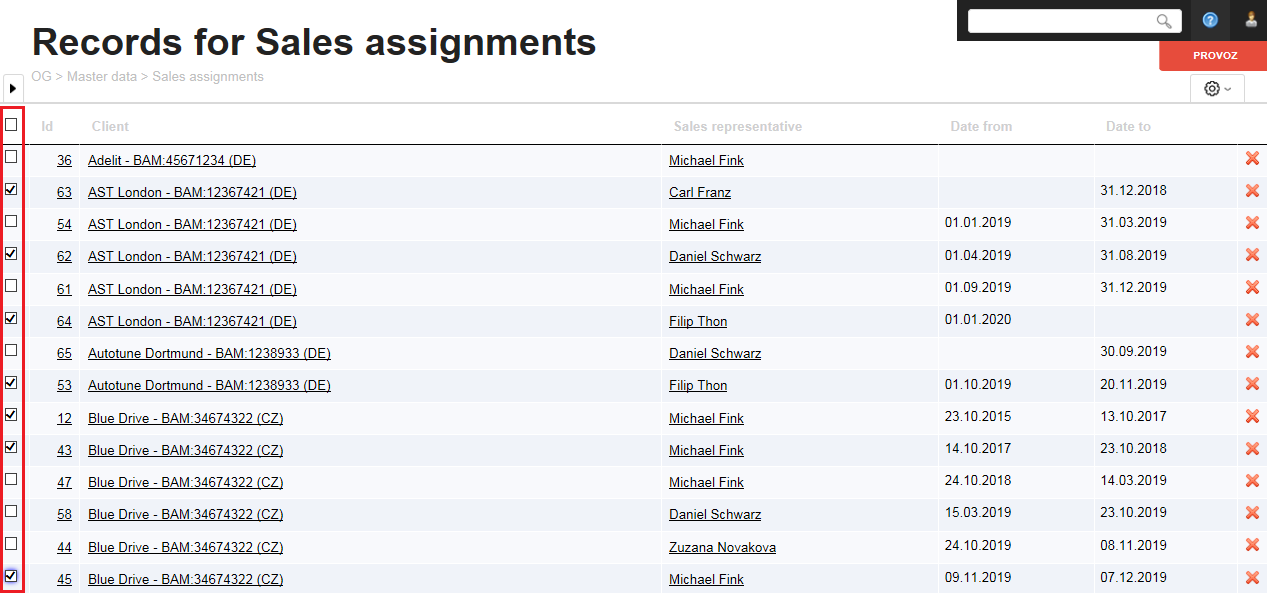
You will need to update e.g. 300 records at a time. If the system allows a mass update but it will mean checking 300 records, then such a mass change may become unrealistic. Export to Excel, update in Excel and import back to Master data system is unacceptable due to erors that you can commit because Excel will not watch for the rules because of which you have the Master Data system.

The proper solution is filtering the necessary records according to rules that you choose and a mass change without checking boxes.
6. Graphical representation of intervals
If you look at the list of your data, you should easily see when particular records are valid – in our case who is responsible for the given customer. Not that easy to check for you? I do not wonder. Try and ask the vendor whether the data can be displayed also in a form of stripes depicting what is valid, from when, to when. If you hear that Master Data system is not a graphic software, try to think whether this is just an excuse and lack of a good will to recognize legitimacy of your request or the person really lives in a world more than twenty years back when graphics software was a special class and we were using green screens for data management.
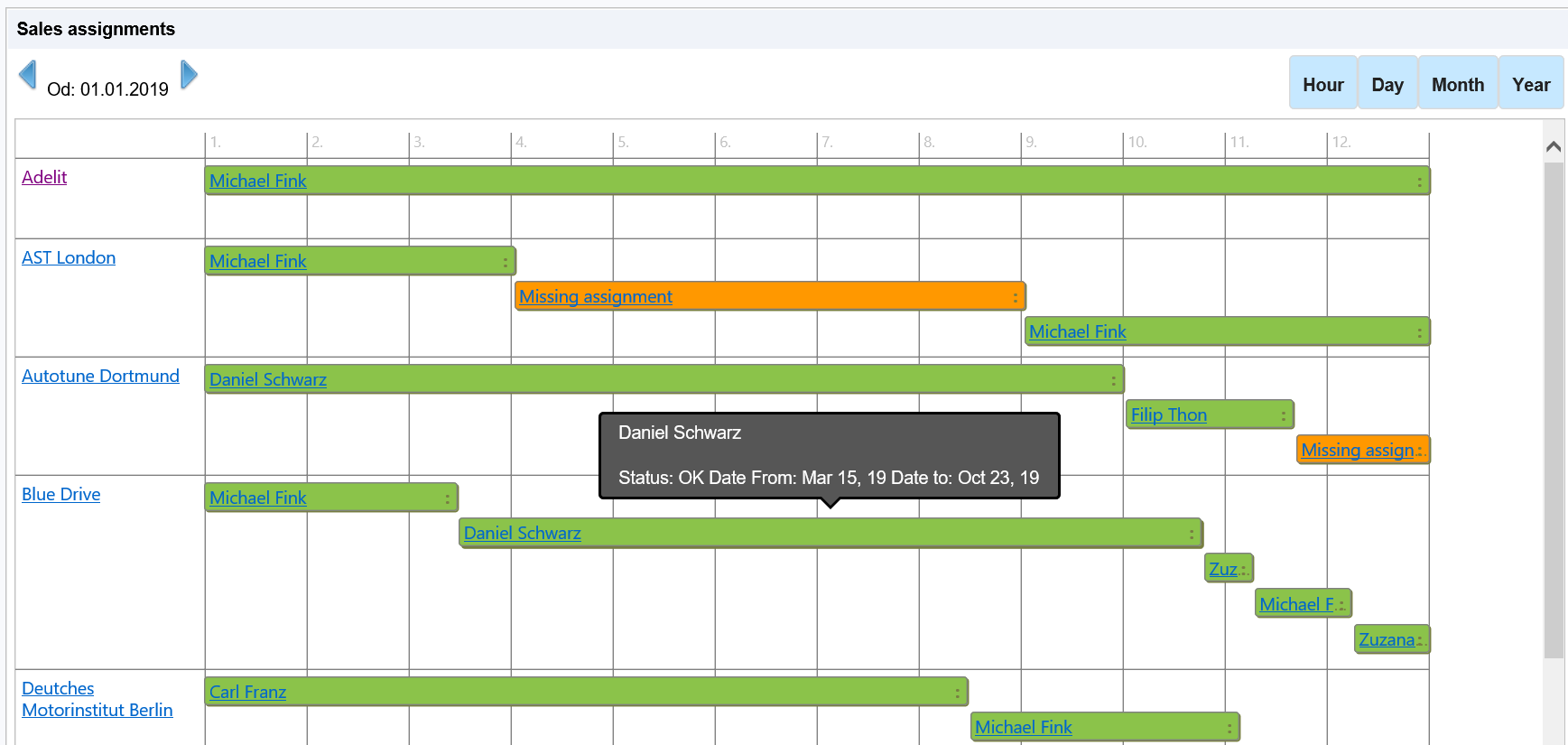
Proper graphical representation should look like this. You can immediately see what the data say. By clicking on the stripe you will get to the data record that you can modify or you can immediately set up a new record for a missing interval.
7. Common user have to be able to manage the data
The key concept with master data is to get their management from IT to business. Business teams know which data are necessary and responsibility for them should not be moved to IT or another central team. This leads to comunication lag and lack of effectiveness and efficiency. If the vendor says that they will manage the data for you, this is going to be good for vendor, not for you. You would resign on key competencies related to your business. Fair company will not draw you to a solution, which you will be soon unhappy about, but should convince you about viability and user-friendliness of a system that should be managed by you, because Master data touch your whole information system.